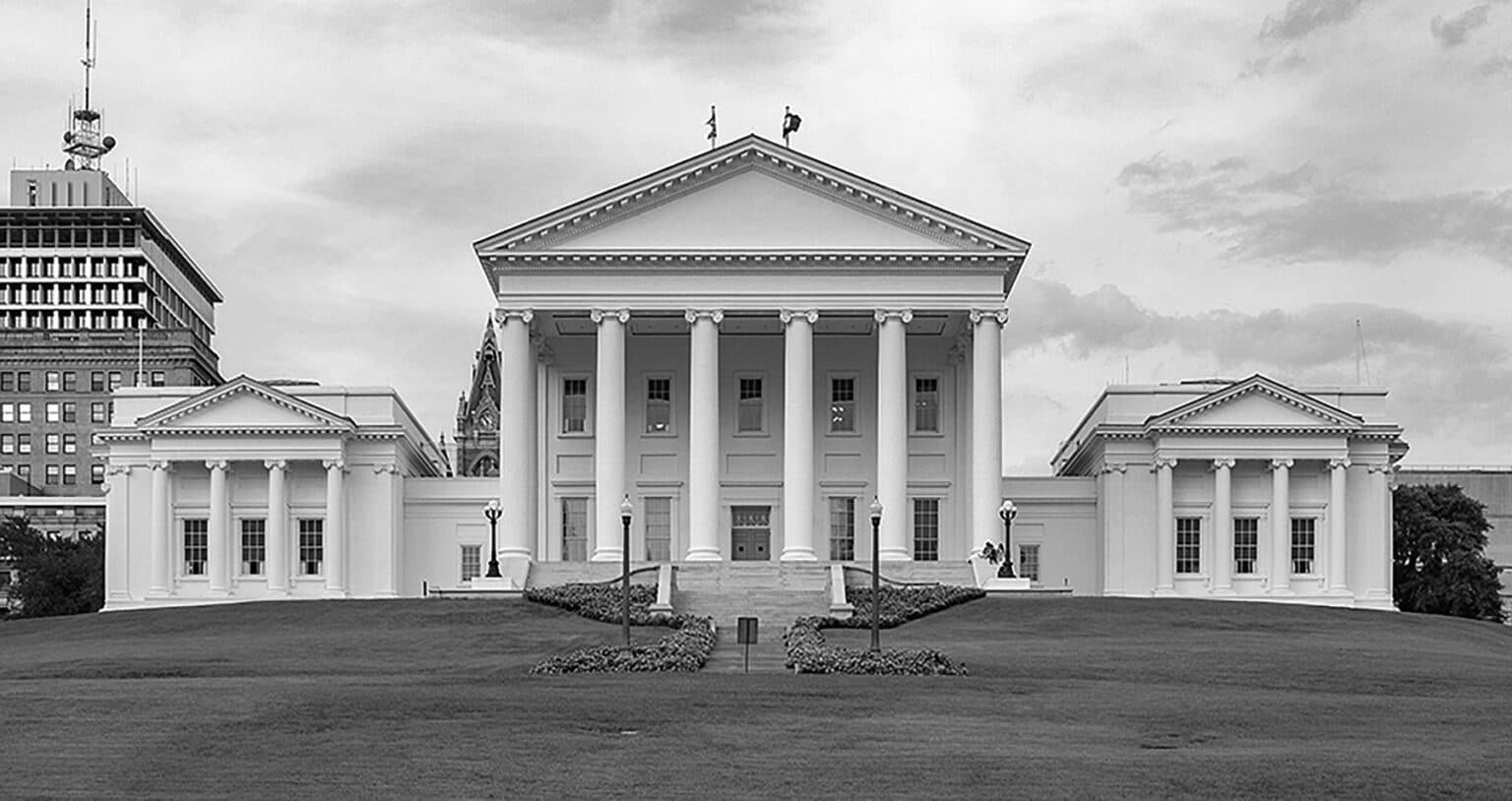RESOURCES
PLACES
Virginia State Capitol
The Virginia State Capitol, designed by Thomas Jefferson and completed in 1788, is one of the oldest functioning capitol buildings in the United States. Located in Richmond, it has long served as the seat of the Virginia General Assembly—the oldest continuous law-making body in the Western Hemisphere. The neoclassical structure became not only a symbol of democratic governance in Virginia, but also a stage for some of the most consequential political battles in American civil rights history.
In the wake of the U.S. Supreme Court’s 1954 ruling in Brown v. Board of Education, declaring racial segregation in public schools unconstitutional, the Virginia General Assembly used the Capitol to launch a policy of Massive Resistance. Spearheaded by Senator Harry F. Byrd Sr., the General Assembly passed a series of laws aimed at circumventing desegregation, including tuition grants for white students to attend private, segregated academies, and legislation permitting the governor to close public schools that integrated. These measures were debated and enacted within the Capitol’s chambers, with the House and Senate serving as central forums for both legal maneuvering and rhetorical posturing against federal authority.
The policies culminated in the 1959 closure of Prince Edward County’s public schools, which remained shut for five years rather than comply with integration orders—making it the longest school shutdown in American history over desegregation. Eventually, a combination of federal court rulings and growing national condemnation forced the dismantling of Massive Resistance. The Virginia State Capitol thus holds a layered legacy: while it embodies the ideals of representative democracy, it also witnessed the deliberate subversion of those ideals during one of the most intense legal and moral conflicts in the Commonwealth’s modern history.
